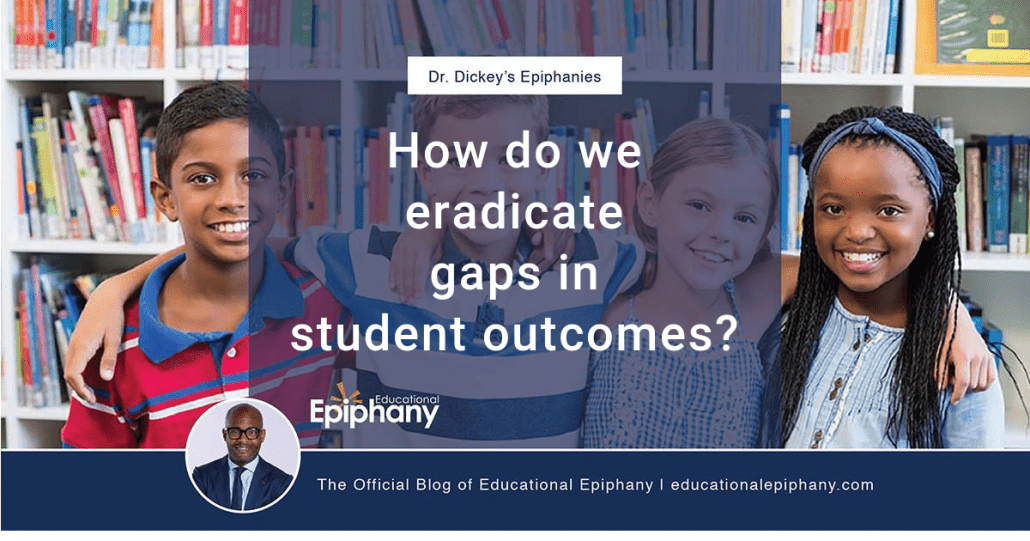School is one of the most influential institutions in a child’s ecological system. Award-winning developmental psychologist Urie Bronfenbrenner placed school in a child’s “microsystem,” also defined as his or her immediate surroundings and a concept which also includes immediate family. Bronfenbrenner understood that schools, like families, shape children’s development. So the mission to ensure that every child has the school experience that supports their growth and prepares them to meet their future with vigor, is paramount.
To support that goal, throughout history, scientists have looked at the connection between the science of psychology and the practical application of learning theory in educational settings. Instructional theories are still evolving today; however, the belief that all students deserve instruction of the highest quality remains constant. And yet equitable access to instruction remains one of the many barriers faced by students today. At least partially because of the research of today is slow to reach the classroom and teachers are without the bandwidth for professional development. For instance, the delivery of instruction characterized by rote memory was widely accepted 30 years ago, but views of instruction have shifted, and so must our techniques. In my experience, I have found that teaching to help students achieve a basic understanding and memorization of content-related facts is still taking place. But, memorization is not enough. How do we support a raising up of instruction?
The quality of instruction in schools and districts can be improved by changing how we think about student learning and teaching the standards.
Students must develop conceptual understandings so that they can apply the knowledge they have acquired, analyze information, synthesize what they have learned, evaluate the content, and most importantly, create new knowledge and new understandings.
By changing our expectations for all students, we can remove the biases that create inequities in instruction. The most significant predictor of underperformance[SB1] is the absence of common instructional language and tools. This absence inhibits the provision and facilitation of rigorous, standards-informed instruction in our classrooms. But there are tools available to help advance progress.
The core content standards for English language arts, mathematics, social studies, and science are dense in academic language. I believe it is unrealistic to expect the vast majority of our students—let alone students who are striving to read and comprehend at a level consistent with developmental expectations—to demonstrate proficiency without instruction that’s focused on a conceptual understanding of standards’ language.
There is an imperative that students and teachers, as well as those supporting and evaluating teachers, understand the terms that comprise each standard. Why? We have work to do to ensure that students have equitable access to the academic language of the content standards, because the language of the assessment can be a chief barrier to improvements in student achievement.
For example, in grade 3 students are expected to determine the main idea of a text, recount its key details, and explain how those details support the main idea. But what does that mean to our students? And how do we ensure that every single one of our students understands what this actually means?
Rigorous instruction aligned to this standard should produce the following results:
- Students should be able to determine what the text is mostly about.
- Students should be able to distinguish between the main idea and the topic/subject of the text, which is too broad to be the main idea. “Too broad” as a concept must also be taught, and it must be associated with the topic of the text.
- Students should be aware that:
- The main idea of the text is not always found in the first sentence of a text. In fact it is seldom found there.
- In some cases the main idea is not stated at all.
- Key details are too narrow to be the main idea. “Too narrow” as a concept must be taught, and it must be associated with key details in the text.
- To support their determination of the main idea, students will need a great deal of practice with distinguishing between ancillary and important words or phrases. This will help them explain how the key details support the development of the main idea.
The language of the content standards is finite, so we can resolve the access gap by ensuring that:
- K–6 curricula includes operational definitions of Tier II (general) and Tier III (content-specific) academic language.
- Teachers and school leaders refrain from making assumptions about students’ knowledge of academic language. You might be surprised by the number of students who are not conversant in the academic language of the standards.
- Teachers refrain from watering down the academic language. Instead we should bring this language to the students. They can handle it.
- Teachers reinforce and reassess students’ understanding of the academic language for each day’s posted objective. When we relate information to students on Monday and ask them to recall it on Tuesday, we typically find that they did not retain the information. Reinforcing students’ knowledge of academic language cannot be done by simply using the unfamiliar word in a sentence or copying terms and definitions from a glossary. We need to embed it in our everyday conversations.
We need to provide educators and students across grade levels with the tools that have all of this common language built into them.
Supporting educators and staff with guides that define important academic language in a single, streamlined way will result in students having consistent definitions of these terms without conflating concepts and ideas. Equipping educators with guiding questions and differentiating instruction will help students develop the knowledge and language they need to meet the expectations of the standards. Providing students with materials that are inclusive of these definitions and explanations will also help. These are strategies we can work towards for advancing progress and achieving instructional equity for student success.
To read more about Dr. Dickey’s work, follow him on Twitter at @DonyallD and subscribe to his weekly blog, Dr. Dickey’s Epiphanies. To learn more about his work with Scholastic Education visit http://teacher.scholastic.com/products/literacy.

